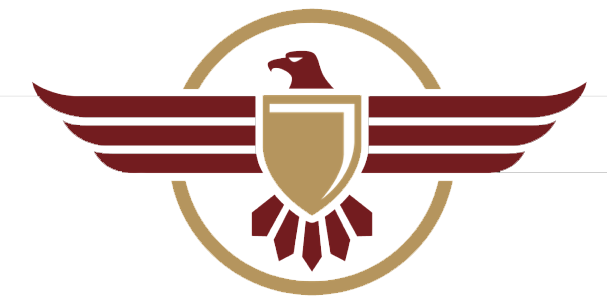There’s something special about a summer event. Whether it’s the energy of a packed concert, the tradition of a community fireworks show, or the laid-back vibe of an outdoor market, these seasonal gatherings bring people together in a big way. But behind the scenes, the stakes are high. Security concerns tend to spike right along with the temperatures, and overlooking even one detail can put attendees, staff, and the event’s success at risk.
If you’re a venue manager, event planner, or responsible for guest safety this season, it’s worth taking a closer look at the biggest threats facing outdoor events right now and what you can do to prepare.
1. Perimeter Gaps and Unauthorized Access
Unlike indoor venues, outdoor spaces often lack clear boundaries. Open layouts, multiple entry points, or temporary fencing can make it easier for people to enter without being screened or credentialed. That puts your staff in a reactive position rather than a proactive one.
The best solution starts long before the event. Conduct a thorough site walkthrough and identify any weak spots in the perimeter. Reinforce them with temporary barricades or fencing, and clearly mark designated entrances for staff, vendors, and ticket holders. At those entrances, make sure you have enough trained personnel and ID verification tools in place to keep things moving without sacrificing safety.
Partnering with a professional security team can give you the added coverage and experience needed to secure every access point—and to adjust quickly if crowds shift or layouts change mid-event.
2. Overcrowding and Poor Flow Management
Every summer, headlines emerge about large gatherings where crowd control went wrong. Even with the best intentions, it’s easy to underestimate how quickly a crowd can become unruly, especially when alcohol, heat, and tight quarters are involved.
To avoid problems, start with a realistic capacity plan that matches your layout and staffing. Think about how people will move through the space, from the moment they arrive, to where they’ll gather, and how they’ll exit. Add directional signage, barriers, and buffer zones to help with flow. And don’t forget the choke points: concession stands, bathrooms, merch tables, and shade tents can all become high-risk zones if not properly staffed and monitored.
Experienced security professionals can help you design a layout that minimizes bottlenecks and ensures emergency egress points remain accessible at all times.
3. Theft and Opportunistic Crime
Large crowds make easy cover for petty theft. With bags left unattended, distracted guests, and open-air vendor booths, it’s not uncommon for valuables to go missing. However, these incidents don’t just affect individuals; they can tarnish the event’s reputation as a whole.
A strong visual security presence can deter most would-be thieves. That includes roaming security officers, posted signage, and surveillance in high-traffic areas. Vendors should be advised to secure their cash drawers and electronics, and to avoid keeping unnecessary inventory on display when crowds are at their peak.
Some events are also turning to mobile surveillance units or temporary camera installations as a visible deterrent and to aid in investigation if a theft does occur.
4. Heat-Related Medical Emergencies
Heat exhaustion, dehydration, and sun-related illnesses are common at summer events, especially when shade and water aren’t easy to come by. These issues can arise quickly and escalate before help arrives, especially if attendees don’t recognize the warning signs in themselves or others.
One of the most effective ways to address this risk is to take a preventative approach. That means offering shaded rest areas, access to free water stations, and clear signage directing guests to medical tents or first aid areas. It also means having medical staff on-site who are trained to respond to heat-related emergencies and work seamlessly with your security team.
Your security personnel should be briefed to spot guests showing signs of distress—confusion, dizziness, or difficulty walking—and to call for help without delay.
5. Suspicious Behavior and Threat Detection
While rare, targeted threats or suspicious activity are still a possibility at large-scale events. Whether it’s an unattended bag, someone acting erratically near a stage, or a guest trying to access a restricted area, these moments require fast, calm, and trained response.
Establish clear protocols ahead of time so everyone on your team, from vendors to volunteers, knows what to do if they see something that doesn’t feel right. A “see something, say something” culture should be encouraged from the top down, with no room for confusion about who to report to or how to escalate.
Security personnel should also be trained in behavioral detection and nonverbal cues, allowing them to identify potential risks before they escalate. For large or high-profile events, coordination with local law enforcement can add an additional layer of response readiness.
A Safer Summer Starts with a Smarter Plan
The most successful summer events are the ones that go off without a hitch, and often, that’s because no one notices the security working quietly behind the scenes. When done right, security feels invisible but makes all the difference in how safe and supported attendees feel.
At MProtective, we partner with venues and event coordinators to assess risk, build custom plans, and staff experienced professionals who know how to protect your people and your property without disrupting the experience.
If you’re planning an event this summer and want to make sure it’s protected from every angle, we’re here to help. Let’s talk about your event’s security needs and how MProtective can help you prepare with confidence.



